In Istanbul, the night doesn’t just begin after sunset-it transforms. The city’s ancient streets, where minarets whisper over the Bosphorus and Byzantine walls hold secrets older than empires, become the stage for something far more mysterious than a typical night out. Masquerade clubs here aren’t just about fancy dresses and hidden faces. They’re a modern echo of Ottoman court revelry, Venetian carnival mystique, and the city’s enduring love for secrecy, drama, and elegance. If you’ve ever walked past the marble arches of Galata Tower at midnight and wondered what happens behind the heavy velvet curtains of a hidden doorway, you’re not alone. This is where the masks come alive.
Where the Masks Are More Than Just Decor
Istanbul’s top masquerade experiences don’t rely on flashy neon lights or loud EDM drops. Instead, they thrive on atmosphere. Take Yalı in Bebek, a converted 19th-century Ottoman waterfront mansion. The walls are lined with hand-painted silk from Bursa, chandeliers drip with Murano glass, and guests arrive wearing custom-made masks crafted by artisans in Kadıköy’s old bazaars. No two masks are alike. Some feature gold filigree inspired by Topkapı Palace tiles; others are carved from buffalo horn, dyed with natural pigments from the Black Sea coast. The music? Live ney flutes layered over ambient jazz, played by musicians who’ve studied under masters in Fatih’s historic meyhanes. At Masked Garden in Nişantaşı, the experience begins at the gate. You don’t just walk in-you’re handed a silk handkerchief with a hidden symbol. Match it to the emblem on your invitation, and a door slides open. Inside, the garden is lit only by lanterns made from recycled İznik tiles. Dancers in layered silk kaftans move like shadows, their faces obscured by feathered half-masks stitched with silver thread. The bar serves rahat lokum cocktails-rosewater gin with pomegranate molasses and crushed pistachios-served in hand-blown glassware shaped like Ottoman water pipes.Why Istanbul’s Masquerade Scene Is Unique
Unlike London or Venice, where masquerades are often tourist spectacles, Istanbul’s versions are intimate, almost sacred. They’re rooted in the city’s history of duality: public piety and private indulgence, East and West, tradition and rebellion. The tradition of hünkar maske-the sultan’s secret balls-dates back to the 1700s, when royalty would disguise themselves to mingle with poets, merchants, and musicians without the weight of rank. Today, that spirit lives on in venues like Karaköy Loft, where the owner, a former opera singer from Şişli, hosts monthly events only for invitees. The guest list? A mix of Turkish fashion designers, German expats who’ve lived here 20 years, and young artists from Üsküdar who paint masks in their studios. The masks themselves are more than props. They’re heirlooms. Many guests bring family pieces-grandmother’s lace veil, grandfather’s engraved silver nose piece-worn with pride. At Palazzo dei Sogni in Beyoğlu, a masked ball in November 2024 featured a 1920s Venetian mask passed down from a Greek-Istanbul family who fled during the population exchange. It was worn by a 22-year-old Turkish student studying art history at Boğaziçi University. No one asked who she was. No one needed to.How to Get In-Without Being a Celebrity
You won’t find these clubs on Instagram ads or Google Maps. Most operate on word-of-mouth or private mailing lists. The easiest way to get an invite? Join one of the city’s underground cultural salons. Atölye 33 in Cihangir hosts monthly literary nights where attendees exchange poetry and masks. Attend three times, and you’ll be whispered into the next masquerade. Alternatively, visit Arkaoda in Kadıköy on a Thursday night. It’s not a masquerade club, but it’s where the DJs, costume designers, and event planners gather. Order a çay at the corner table. Talk about the weather. Then ask, quietly, “Have you heard about the one at the old silk warehouse?” Some venues, like Yalı, now accept online applications through their encrypted portal. You’ll need to submit a photo of your mask design (handmade, no store-bought), a 100-word story about why you want to attend, and proof of a local address or Istanbul residency. No tourists are turned away-but they’re expected to show deeper respect than just showing up in a cheap plastic mask.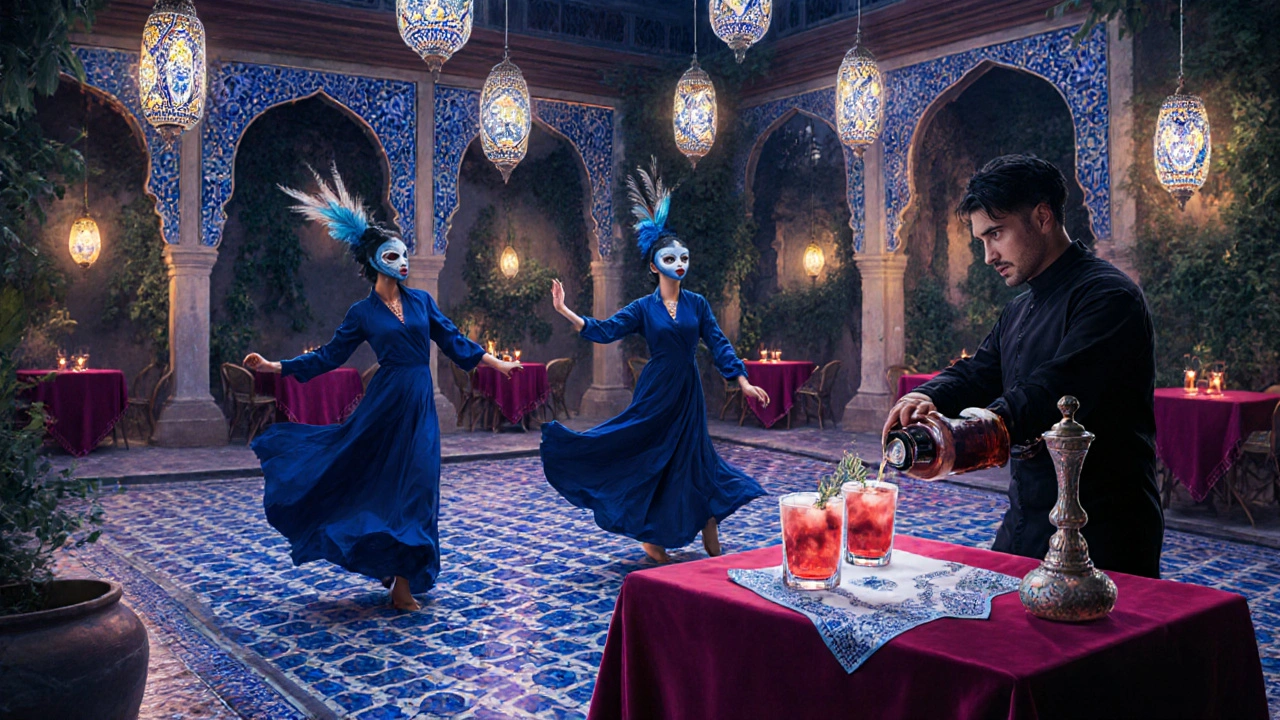
What to Wear-And What Not To
Forget Halloween costumes. In Istanbul, a masquerade outfit is an art form. Men wear tailored wool coats with velvet lapels, often with a single silk pocket square in a color matching their mask. Women drape themselves in hand-embroidered çarşaf-style gowns, inspired by 19th-century Istanbul noblewomen, but cut for movement. The key? Layering. A lace veil over a silk bodice, a brocade sash from Sivas, and a mask that tells a story. Avoid anything mass-produced. A mask bought from a street vendor in Taksim will mark you as an outsider. Instead, visit Mask & Myth in Balat, where a master maskmaker named Ayşe Hanım has been crafting for 40 years. Her pieces start at 850 TL and take weeks to complete. Or try İstanbul Mask Studio in Üsküdar, which offers workshops every Saturday. Learn to mold papier-mâché with egg whites, paint with mineral pigments, and attach feathers from peacocks raised in the gardens of Çırağan Palace.The Best Times to Go
The masquerade season in Istanbul runs from late October to early March, peaking around Carnival Week in February. But the most authentic nights are the quiet ones: the first Friday of November, when the city turns cold and the Bosphorus mist rolls in like smoke. That’s when Palazzo dei Sogni holds its “Gölge Balosu”-Shadow Ball. No photos allowed. No phones. Just music, movement, and mystery. For those who want to blend in, arrive between 11:30 PM and midnight. Too early, and you’re too eager. Too late, and you’ve missed the magic. The doors close at 1 AM sharp. No exceptions.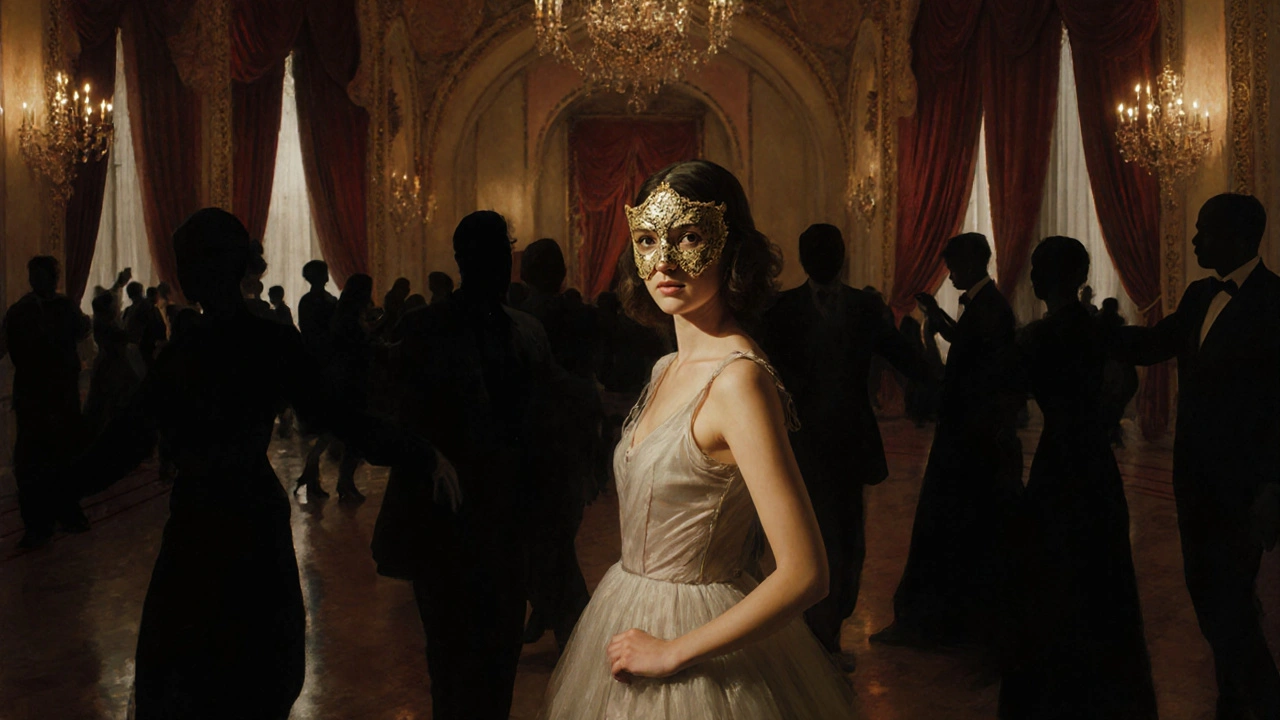
Why This Matters More Than Just a Night Out
In a city that’s seen empires rise and fall, masquerade clubs are one of the few spaces where identity is chosen, not inherited. Here, a banker from Levent can dance beside a Syrian refugee who makes masks from recycled newspaper. A French diplomat might share a glass of şarap with a Kurdish poet from Diyarbakır. The mask doesn’t hide who you are-it lets you become who you want to be, if only for one night. These aren’t parties. They’re rituals. And in Istanbul, where history breathes through every alley and every stone, that’s worth more than a photo on Instagram.Are masquerade clubs in Istanbul open to tourists?
Yes, but access isn’t guaranteed. Most high-end masquerade clubs in Istanbul require an invitation or application. Tourists can apply through official portals like Yalı’s or attend public events like the annual Carnival Week in February, where select venues open their doors to outsiders-but only if they wear handmade masks and follow dress codes strictly. Spontaneous walk-ins rarely work.
Where can I buy an authentic Istanbul masquerade mask?
For true craftsmanship, visit Mask & Myth in Balat or İstanbul Mask Studio in Üsküdar. Both use traditional techniques: papier-mâché molded with egg white, painted with mineral pigments, and decorated with feathers or gold leaf. Avoid souvenir shops in Istiklal Street-they sell cheap plastic masks imported from China. A handmade mask costs between 850 TL and 2,500 TL, depending on materials and detail.
Do I need to speak Turkish to attend a masquerade club?
No, but knowing a few phrases helps. Most guests are bilingual, and staff often speak English, French, or German. However, the experience is richer if you understand the cultural references-like the meaning behind a peacock feather (symbolizing renewal) or a black veil (respect for the night). Simple phrases like “Teşekkür ederim” (thank you) or “Bu maskenin hikayesi nedir?” (What’s the story behind this mask?) go a long way.
Are there any masquerade events during Ramadan?
Traditional masquerade clubs close during Ramadan, as the city observes a quieter, more reflective atmosphere. However, some private salons host intimate, non-alcoholic gatherings after iftar, focusing on storytelling, music, and silent mask-making. These are not publicized and require personal invitations. The official masquerade season resumes after Eid al-Fitr.
What’s the dress code for men and women?
Men: Tailored wool or velvet coats, silk pocket squares, leather gloves, and a handmade mask. No tuxedos-those are for Western balls. Women: Layered silk or brocade gowns inspired by Ottoman noblewomen, often with a veil or headpiece. Embroidery from Bursa, Sivas, or Konya is prized. Shoes must be quiet-no heels on marble floors. Masks must be handcrafted; store-bought ones are not allowed.
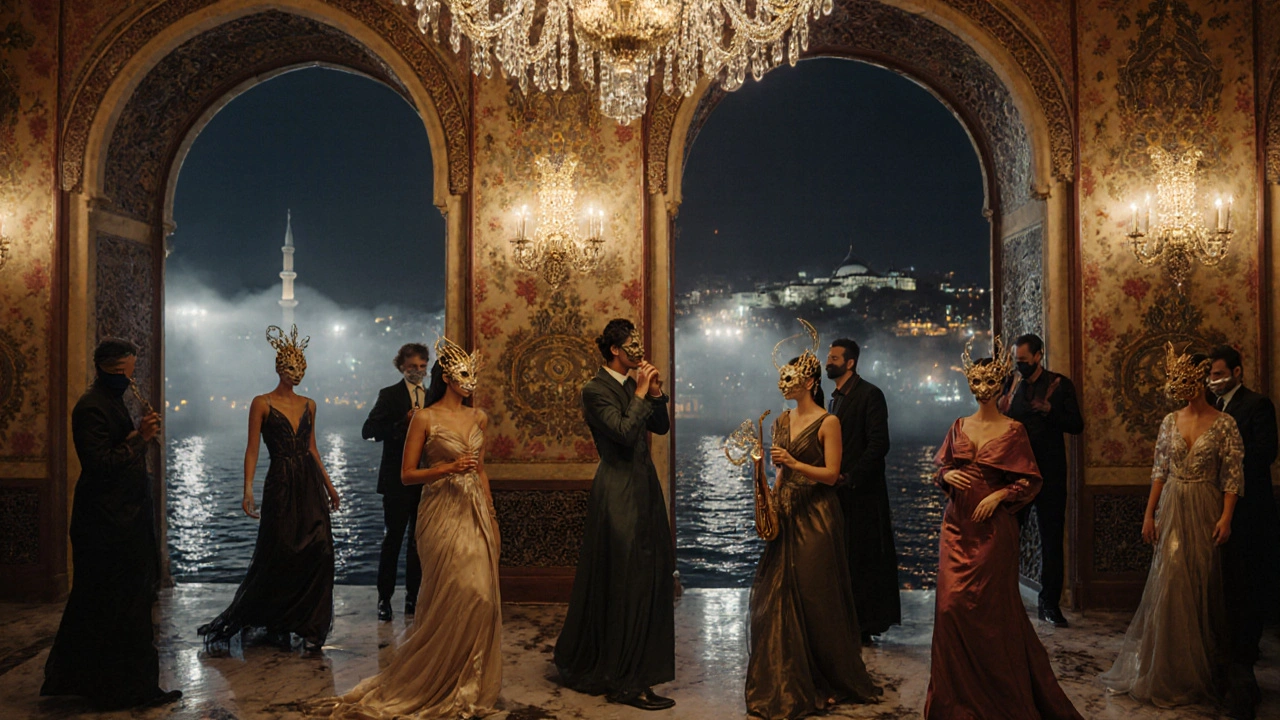



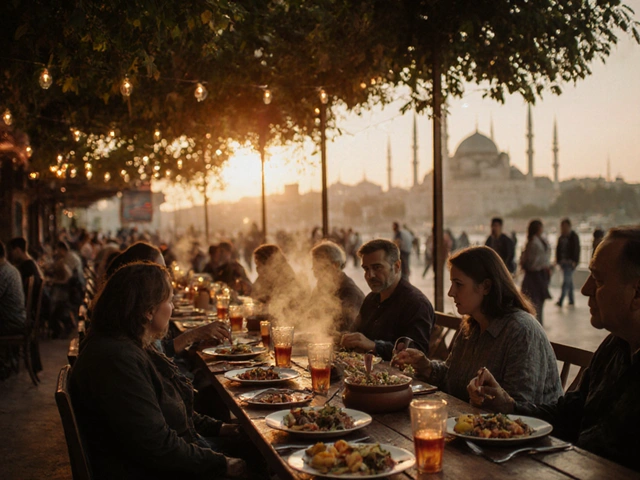

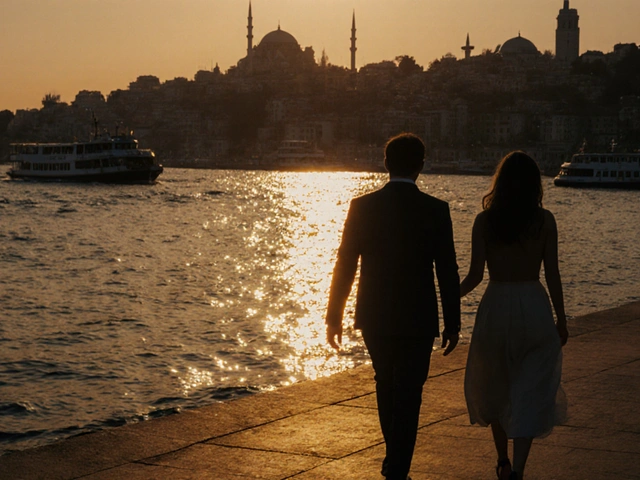
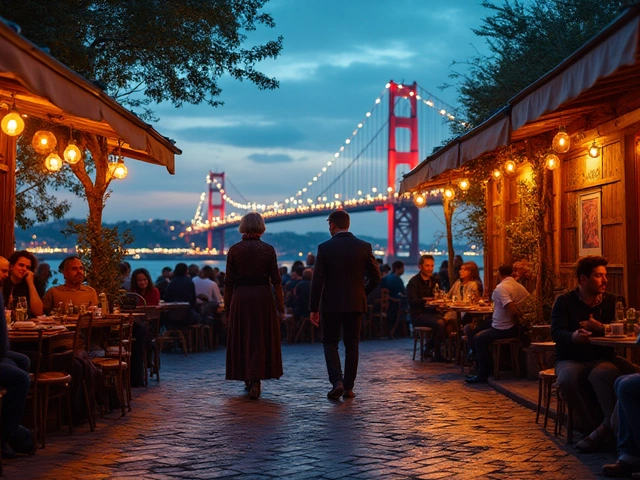
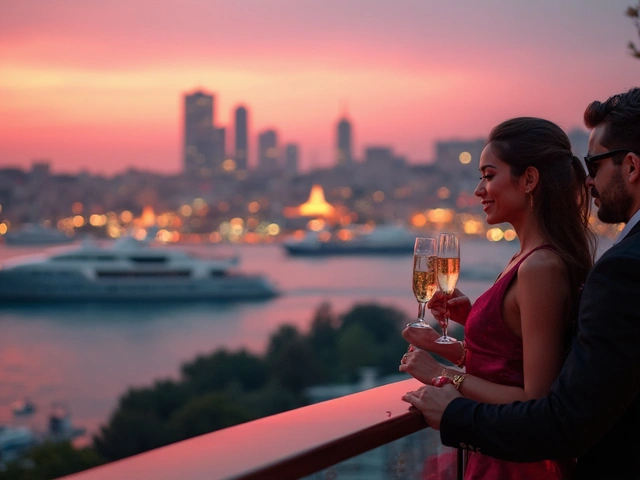
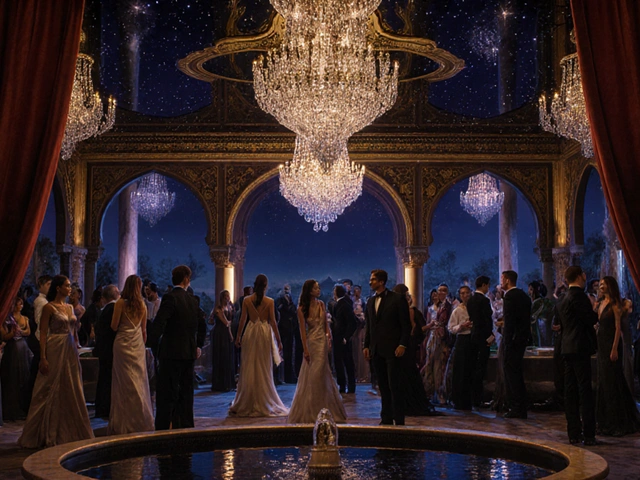
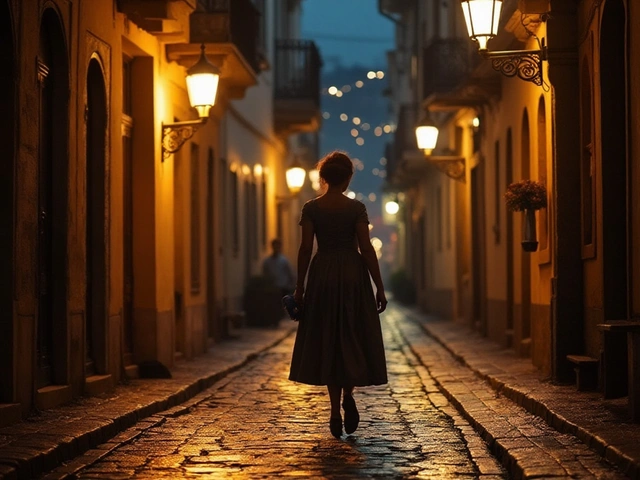

3 Comments
Okay but like… why are people so obsessed with pretending to be someone else? I get the whole ‘mystery’ thing, but this just sounds like rich people paying $2000 for a fancy Halloween costume while pretending it’s ‘art.’ Also, no tourists? Bro, I’m from Ohio, not the CIA. Just let me in with my $850 mask and stop acting like this is the Vatican.
I love how these clubs feel like whispered legends-like finding a secret garden behind a library shelf. The way they describe the masks as heirlooms? That’s the kind of quiet magic you don’t find in Instagram feeds. I’d want to wear my great-aunt’s lace veil, the one she brought from Izmir. No words needed. Just the weight of it, the smell of sandalwood and old paper… that’s the real ritual.
Turkey’s soul is not for foreigners to perform. These clubs are Turkish heritage, not a theme park. You want to wear a mask? Learn the history. Respect the craft. Don’t come with your American selfie stick and expect to dance with ghosts.